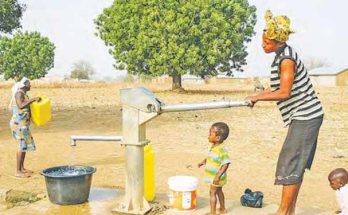 In addition to increasing value to Uganda’s cotton output, the factories would employ 50,000 workers earning a combined $50 million annually.
In addition to increasing value to Uganda’s cotton output, the factories would employ 50,000 workers earning a combined $50 million annually.
Uganda has completed the development of a strategy for its cotton, textiles and apparels sector that could generate 50,000 new jobs and $650 million in additional export revenues over the next eight years.
The strategy recommends to strengthen the cotton production value chain and investment in export-oriented apparel as well as garment production factories that would at first rely on imported fabric.
The strategy, which is also supposed to feed into the third edition of the National Development Plan NDPIII, should result in increased fibre cotton production, scale up domestic value addition and create employment.
Besides the need to address structural and policy bottlenecks that at present hamper development of the cotton value chain, there will be a need to establish five new vertically non-segregated textile mills.
Planners say the textile sector could generate up to $650 million in export revenues annually if the strategy is executed.
Cotton makes up only 20 per cent of the fabrics used by the global garments industry, with the other 80 per cent coming from synthetic sources.
Michael Werikhe, Junior Minister for Trade said, “the proposed strategy is good because it addresses the lower and upper aspects of the value chain by creating rapid employment creation and sustainable cotton value chain development. We have a good plan and all we need to do is to make sure that we implement it.”
It also aims to attract targeted FDI into the sector while supporting existing industrial players to develop into integrated value chains that export full value apparel products.
With only two integrated textiles and garment plants operational, Uganda earns $20 million from lint and apparels exports annually.



